Discover the secrets of Spanish ham and immerse yourself in an unforgettable taste experience. A symbol of Spanish gastronomy, Spanish ham is renowned throughout the world for its rich and creamy flavor. But what makes this ham so special? What are the secrets behind these delicious products?
According to experts, the secret lies in the artisanal and traditional ham manufacturing process. Free-range pigs in the vast plains and mountains of Spain feed on acorns and wild herbs, giving their meat exceptional flavor. Spanish hams are then carefully cured for months, even years, in specially equipped cellars, where they acquire their unique flavor.
When you taste a quality Spanish ham for the first time, you are immediately transported by its delicate aromas and melt-in-the-mouth texture. Each slice is an explosion of flavors, revealing salty, sweet and smoky notes that transport you to Spain.
Whether you are a food lover or simply curious to discover new flavors, Spanish ham is an experience not to be missed. Come discover the secrets of this delicious dish and let yourself be carried away by this unforgettable taste experience.
But be careful to distinguish the types of ham, because there are several qualities of ham in Spain. Bellota, pata negra, Iberian, serrano, several words that sometimes we tend to confuse or not understand, but which have an importance on the taste, flavor and quality of the product. The origin and name of the pork also plays a crucial role in the final quality of the product.
History and tradition of Spanish ham
The history and tradition of Spanish ham, also known as “jamon,” dates back centuries. This emblematic product of Spanish cuisine is the result of meticulous craftsmanship passed down from generation to generation. The origin of Spanish ham can be traced back to Roman times, when salting and drying techniques were introduced to the Iberian Peninsula.
However, it was during the following centuries, particularly during the Reconquista period, that Spanish ham gained its fame. The regions of Andalusia, Castile and the Extremadura area have become famous for their production of high quality ham, notably the famous Iberian ham, sourced from free-range pigs feeding on acorns.
Today, Spanish ham is a true work of culinary art, with varieties such as Serrano ham, Iberian breed ham, or Bellota ham, which are prized around the world for their rich taste and texture. exquisite, thus perpetuating a gastronomic tradition deeply rooted in Spanish culture.
Different types of Spanish ham

Spanish ham offers a variety of types, each with its distinct characteristics. There are mainly two categories: Serrano ham and Iberian ham.
Serrano ham is made from white pigs and is distinguished by its more affordable price. It has a slight salinity and a firm texture.
On the other hand, Iberian ham comes from black Iberian pigs, originating from the Iberian Peninsula. The name of these pigs is commonly called pata negra (black legs). However, not all pigs of Iberian breed have "pata negra", nor all pigs with "pata negra" are Iberian or "iberico". The real pata negra, is an Iberian breed pig and no longer has black legs. This ham is distinguished by its marbled appearance and exceptional flavor. Iberian ham is subdivided into two subcategories: Cebo and Bellota. Cebo jamon comes from pigs fed a diet combining acorns (bellotas) and cereals, while Jamon Bellota comes from pigs fed exclusively acorns (bellotas), thus giving a more intense and complex flavor.
The process of curing Spanish ham :
After the pig has reached maturity for slaughter, the process of creating the ham, curing, begins. First of all, the meat is subjected to salting to eliminate excess moisture, then it enters a maturation phase which can extend over several weeks or even months, depending on the taste and quality characteristics. desired texture.
The hams enter the dryer after the salting, washing and profiling phases, which take place during the first 90 days after the pig's slaughter.
During this curing period, the hams are stored in specially designed drying rooms, where temperature and humidity conditions are carefully controlled.
Drying buildings essentially represent the final stage of the ham production process. It is here that the hams are subjected to drying and prepared for their subsequent transfer to the cellars where they will complete their maturation with a view to their future marketing.
These drying rooms can be categorized into two types: natural or artificial. However, whatever the nature of these dryers, the key element lies in the precise regulation of the temperature, humidity, and air flow surrounding the hams.
The key factors that contribute to the unique flavor of Spanish ham
The key factors that contribute to the unique flavor of ham could be divided into two factors.
The first is the pig's growth phase. The pig that has lived in a "Dehesa" in complete freedom, with a healthy diet based on cereals and acorns, will be much more likely to have an incredible taste, texture and flavor, compared to a traditional pig. There are several regions in Spain with important reputations. In the area between Extremadura and Andalusia, the dehesa de los pedroches, in Andalusia, Jabugo, in Castilla, Guijuelo. Each province has its own characteristics, flavors and qualities. The province of Huelva, the province of Cordoba, the province of Salamaca or the province of Mérida, are the most important.

The second phase, the most important, is that of drying in the dryers, because this is the crucial moment in the process of forming the aromas of the ham.
The ideal temperature for drying Serrano ham should be kept above 14°C. This condition allows the aromas and flavors of the ham to fully develop, thus acquiring perfect stability.
Drying and curing Iberian ham are essential steps to create a perfect balance between aroma and flavor. After washing, removing salt residues, the Iberian hams are transferred to natural dryers, exposed to the wind, where their temperature and humidity level are carefully controlled. One by one, the hams are hung and preserved for a period of six to nine months, in temperature conditions oscillating between 15°C and 30°C, thus favoring the optimal development of their taste and aromatic characteristics.
Pairing Spanish ham with other foods and drinks
Spanish ham is incredibly versatile and can be enjoyed in a variety of ways. One of the most popular ways to enjoy this delicacy is to pair it with a glass of Spanish wine, such as Rioja, a Somontano or a Gran Reserva appellation Rioja or a Gran Reserva Emporda. 
The salty, savory flavors of the ham complement the rich, fruity notes of the wine, creating a harmonious combination. Spanish ham can also be used as an ingredient in other dishes, adding depth and complexity. From tapas to salads to pastas, the possibilities are endless.
Purchasing and storing ham
When purchasing a Spanish ham, it is crucial to take into consideration essential quality criteria, such as the color, texture of the meat, the name of the product, the fat, and its diet which make from him a serrano, an iberico de cebo or iberico de Bellota. The ham should have a deep red color and a texture that is both firm and slightly fatty. It is recommended to avoid hams that are excessively fatty or have a pale color, as this could indicate lower quality of the products.
In addition, it is preferable to make your purchase from renowned producers or specialized stores to guarantee the authenticity of your acquisition, as is the case on Cuisine d'Espagne . Once you have your ham, it is imperative to store it appropriately to preserve its flavor and quality. It should be stored in a cool, dry environment, wrapping it in a ventilated material, such as cloth or paper, to prevent drying out.
When purchasing, it is preferable to buy sliced hams if you cannot guarantee its conservation. The ideal type of product is "jamon iberico de bellota" which can be purchased already cut into vacuum-packed slices, which will allow longer and easier conservation of the product.
Spanish ham recipes and presentation suggestions:
Spanish ham recipes are full of creativity and exquisite flavors. One of the simplest and most popular preparations is to taste the Spanish ham directly, in thin slices, to fully appreciate its melting texture and salty aromas. It can also be incorporated into traditional tapas, such as croquetas (ham croquettes), bocadillos (sandwiches), or pinchos (spiked bites) to add a touch of authentic Spanish flavor.
In cooking, Spanish ham can enhance dishes such as pastas, risottos, salads or scrambled eggs, bringing a rich and fragrant dimension. Finally, for an elegant presentation, you can arrange the slices of Spanish ham artistically on a wooden cutting board or arrange them in a fan for a visually appealing presentation, ideal for receptions and charcuterie tastings.
Whatever way you choose to prepare it, Spanish ham offers an endless palette of culinary possibilities that will delight lovers of this delicious Iberian specialty.
Price differences

When we delve into the world of ham, we discover a multitude of varieties and appellations, among which Serrano ham, Iberian ham and Bellota ham particularly stand out. In addition to their taste differences, these hams also stand out for their prices. In this text we will examine the price differences between Serrano ham, Iberian ham and Bellota ham, as well as the factors that influence these variations.
Serrano ham:
An affordable and delicious option Serrano ham is a traditional Spanish dry-cured ham made from free-range white pigs. Its name, "serrano", refers to its production mainly in the mountainous regions of Spain. Serrano ham undergoes a drying and maturation process that can last from nine months to two years.
Due to its relatively simple production method and availability, Serrano ham is generally sold at an affordable price compared to other varieties of ham. It is appreciated for its subtle flavor and tender texture, making it a popular choice for charcuterie lovers looking for a pleasant taste experience without breaking the bank.
Cebo Iberian ham:
A gastronomic exclusivity Iberian ham is a high-end Spanish specialty made from free-range Iberian pigs. These pigs feed primarily on grains, which gives Iberian ham its unique, rich flavor. The maturation period of Iberian ham generally ranges from two to four years, allowing the development of complex flavors.
Due to its more complex production process, the specific diet of Iberian pigs and the extended maturation time, Iberian ham is generally more expensive than Serrano ham. In addition, its superior quality and its status as a product protected by designation of origin labels such as Jabugo or Guijuelo reinforce its value in the market.
Iberico de bellota ham:
The pinnacle of perfection Bellota ham is considered the centerpiece of Iberian charcuterie. It is made from Iberian pigs raised outdoors, feeding exclusively on acorn and natural herbs during the acorn season, called montanera. This rich diet gives Bellota ham an exquisite flavor and an exceptionally tender texture.
The Bellota ham production process is long and meticulous, with a maturation period that can extend from three to five years, allowing complete transformation and optimal refining of the product. Due to its rarity, superior quality and the high costs of raising acorn-fed Iberian pigs, acorn-fed ham is the most expensive variety of the three.

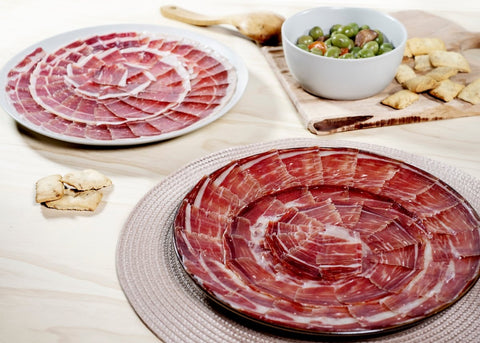
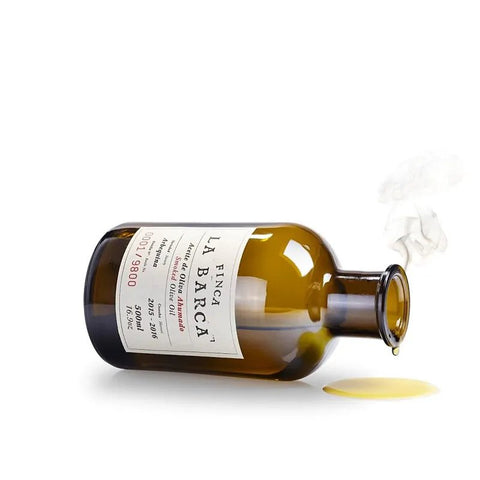
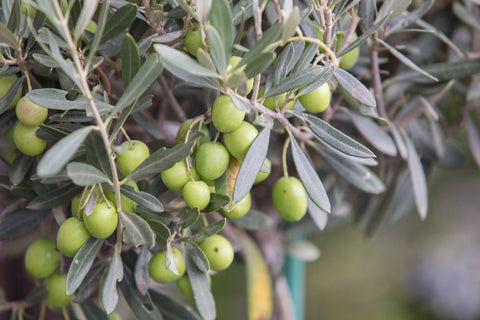
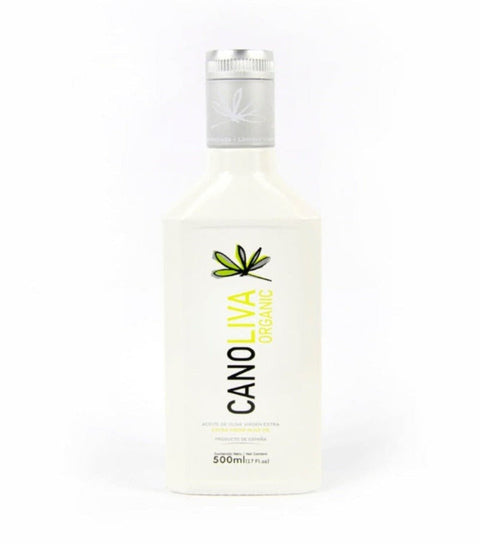
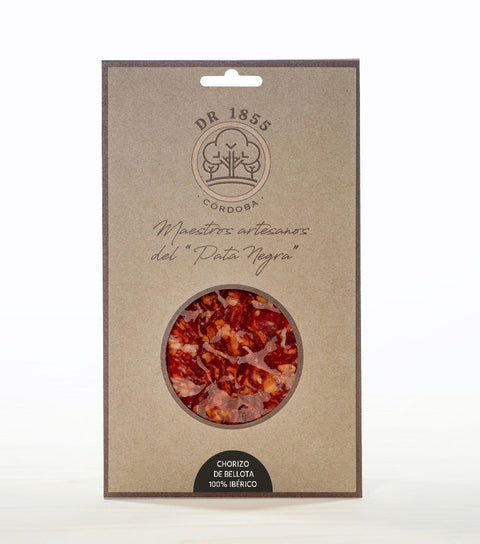
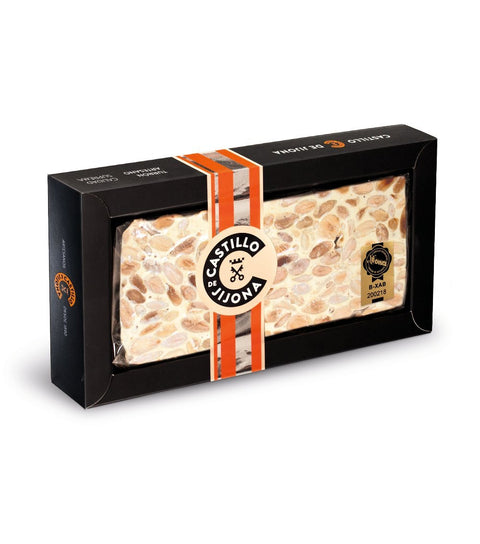
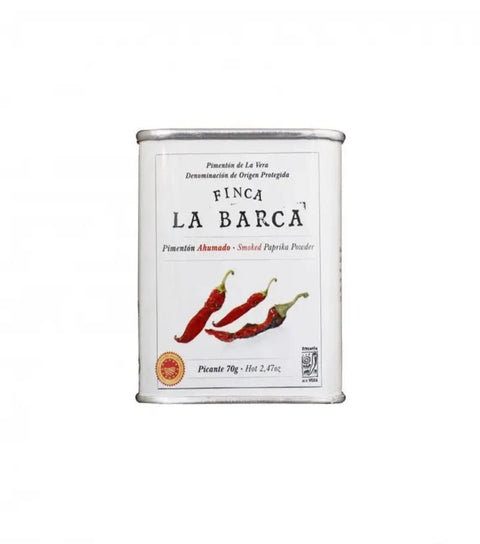
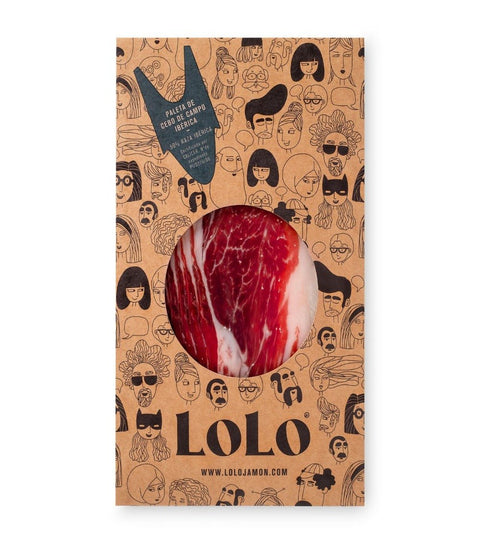
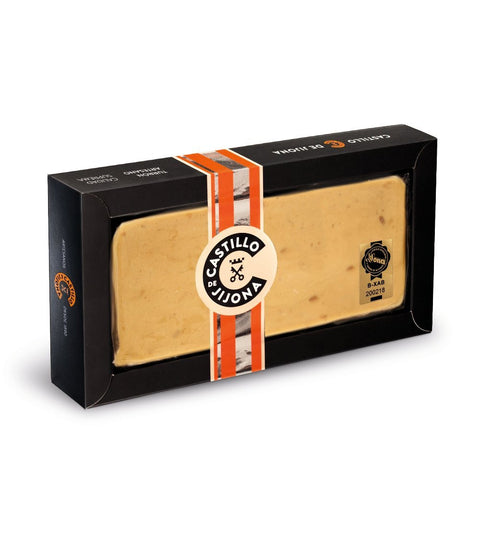
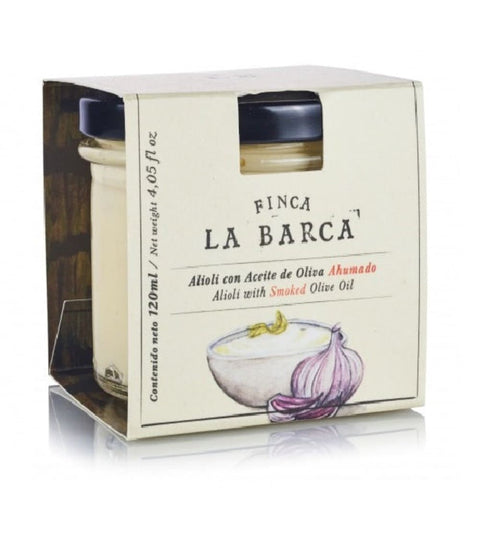
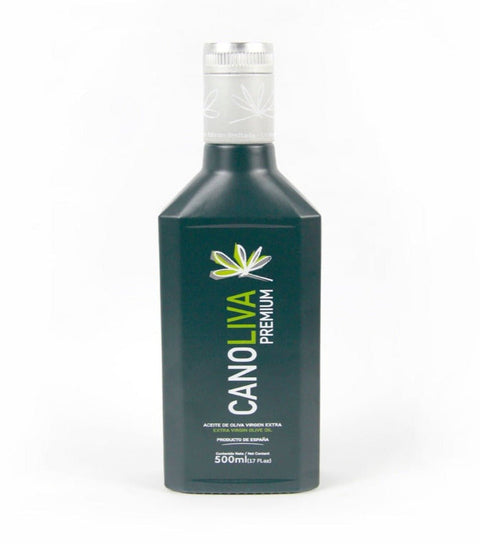
Comments (0)
There are no comments for this article. Be the first one to leave a message!